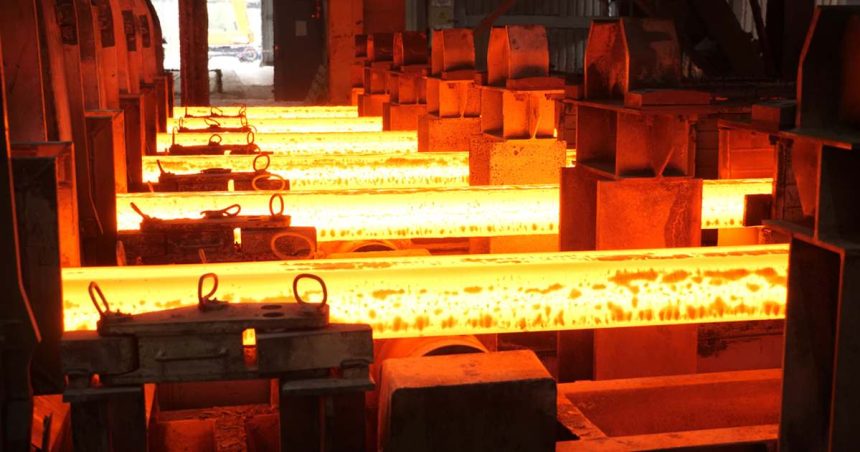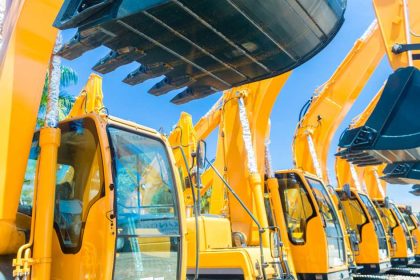Nearly half of all global construction companies say they would fork out a bit extra for ‘green’ steel and concrete as the industry struggles to hit emission targets.
The news comes courtesy of a worldwide survey released by Climate Group and Ramboll at Climate Week NYC, which evaluated developers, manufacturers and utilities from 42 different countries for their readiness to tackle climate change and the key barriers preventing wider adoption.
Surprisingly, the costly switch to lower-emission material was picking up momentum. Despite economic woes hitting hard on a global scale, 52 per cent of all respondents said they had a “higher willingness” to pay more for material that decreased construction’s carbon pollution.
Of the 250 companies questioned by researchers, 45 per cent said they would be willing to pay a premium for emissions reductions of 25 per cent or higher for steel, and an even greater number (57 per cent) said they would be willing to do so for reductions exceeding 50 per cent.
For concrete, these numbers were 40 per cent and 49 per cent respectively.
Jen Carson, Head of Industry of Climate Group, said that the fact these construction companies are willing to spend more on eco-friendly material so soon after several financial blows courtesy of the COVID pandemic should send a strong signal to the market.
“Business leaders are not only calling for change – they’re enacting it,” he said.
This report is a real temperature check of the market. It’s hugely encouraging to see the appetite is here, now, for organisations to pay a premium for lower-emission steel and concrete. Actors across the value chain – suppliers, governments, and investors – should take note.”
However, as the industry barrels towards globally agreed net-zero targets for carbon emission, this renewed enthusiasm for adopting more costly materials could be put down as construction bosses future-proofing the industry.
In 2024, steel and concrete account for a massive 15 per cent chunk of all global emissions, leading many in the sector to view the looming price hike as an inevitable part of doing business.
As a result, 78 per cent of survey respondents said they expect lower-emission steel and concrete will be the standard for new products or projects within the next decade.
How expensive is going green?
H2 Green Steel – a company producing low-carbon steel from hydrogen – says its green steel will be 25 per cent more expensive than what’s currently on the market.
With the commodity currently hovering around a spot price of $130 AUD per tonne, this means the average price could reach up to $162.5.
Low-emission concrete comes in at a bit more costly, with a green premium reportedly running costs up by 75 per cent.
The market price can vary anywhere between $85-$135 per square metre, so if we split the difference at $110, that would jump to $192.5 on average.
Barriers to building better
While the outlook is broadly positive, the report did highlight a few barriers to this widescale adoption and transition.
Businesses said that despite shifting attitudes, that upfront cost remained a sticking point for most (84 per cent), followed by industry conservatism (37 per cent) and lack of knowledge (33 per cent).
Businesses were also clear that governments needed to play a significant role in supporting the construction industry in the transition if they hoped to get emission targets over the line.
Financial levers such as tax incentives, credits, and subsidies (69 per cent), carbon pricing (50 per cent) and minimum product standards or embodied carbon limits (43 per cent) were identified by survey respondents as crucial policies for governments to prioritise.
Ramboll CEO Michael Simmelsgaard said that it was up to governments and companies to pave a path forward together in adopting the materials.
“To accelerate progress, all actors now need to come together – from policymakers and investors to off-takers of steel and concrete, as well as end users who will need to accept a price premium until the market matures,” he said.
“Let’s build on the momentum we have to drive a rapid and lasting decarbonization of heavy industries on the path to global net zero.”







